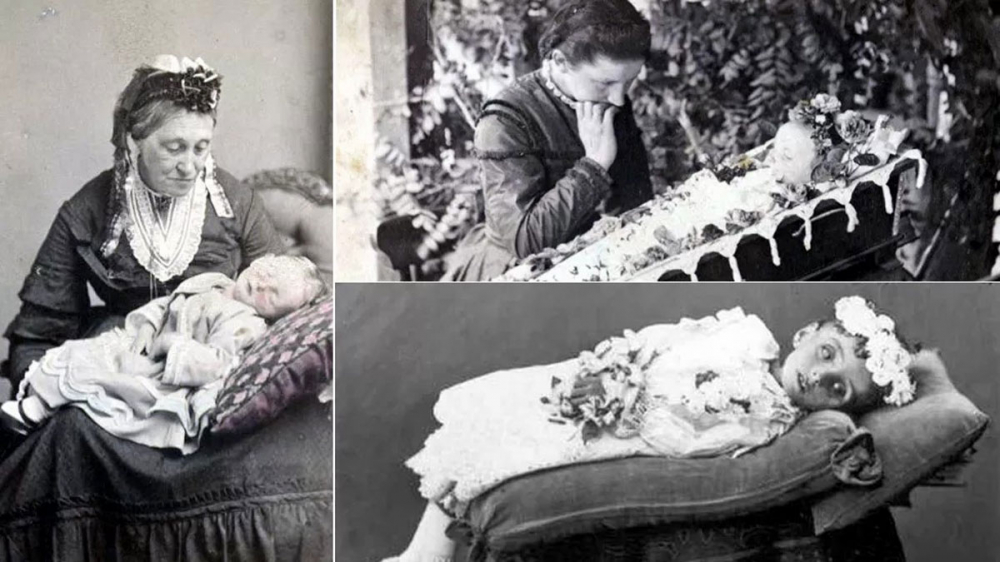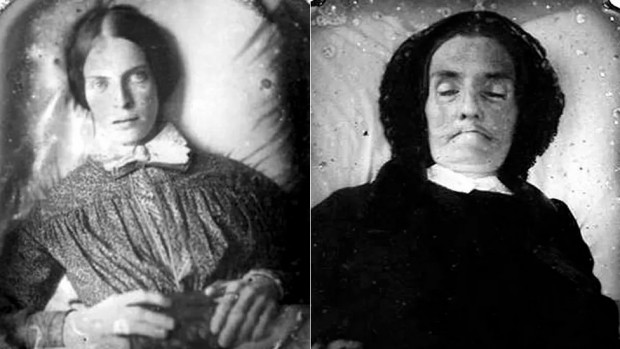
Foreign Property News | Posted by Shwe Zin Win
Photographs of loved ones taken after they died may seem morbid to modern sensibilities. But in Victorian England, they became a way of commemorating the dead and blunting the sharpness of grief.
In images that are both unsettling and strangely poignant, families pose with the dead, infants appear asleep, and consumptive young ladies elegantly recline, the disease not only taking their life but increasing their beauty.
But in the mid-1800s photography was becoming increasingly popular and affordable - leading to memento mori photographic portraiture.
Death portraiture became increasingly popular. Victorian nurseries were plagued by measles, diphtheria, scarlet fever, rubella - all of which could be fatal.
It was often the first time families thought of having a photograph taken - it was the last chance to have a permanent likeness of a beloved child.
But as healthcare improved the life expectancy of children, the demand for death photography diminished.
(1)

(It was common for families to have lots of children, and also common for them to die before their fifth birthday. In this picture, the youngest child has died and is propped against a stand for the picture)
(2)

(Long exposures when taking photographs meant that the dead were often seen more sharply than the slightly-blurred living, because of their lack of movement)
(3)

(On some occasions eyes would be painted on to the photograph after it was developed, which was meant to make the deceased more lifelike (left) while other times death was more obvious)
(4)

(In this case, one twin has died while the other survived. The dead baby is surrounded by flowers)
(5)

(The whole household - including a cat - has gathered round a dead child on the floor, who is posed as if sleeping)
(6)

(Memento mori photography was not just popular in Europe. These pictures were taken in Australia and are part of a collection at the State Library of South Australia)
Ref: Taken from life: The unsettling art of death photography (bbc)









